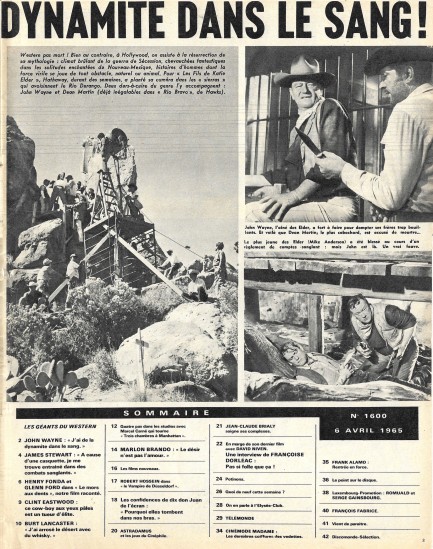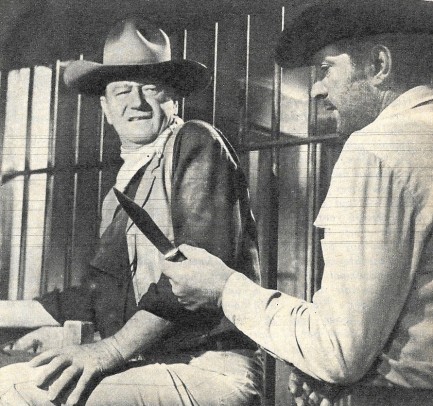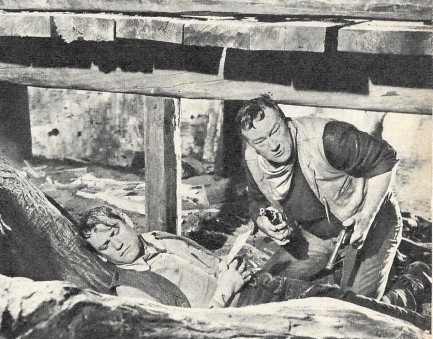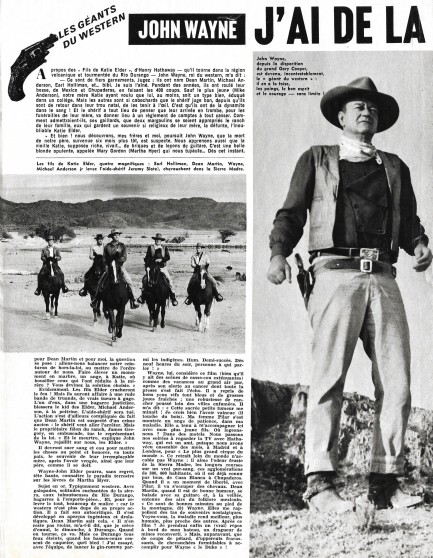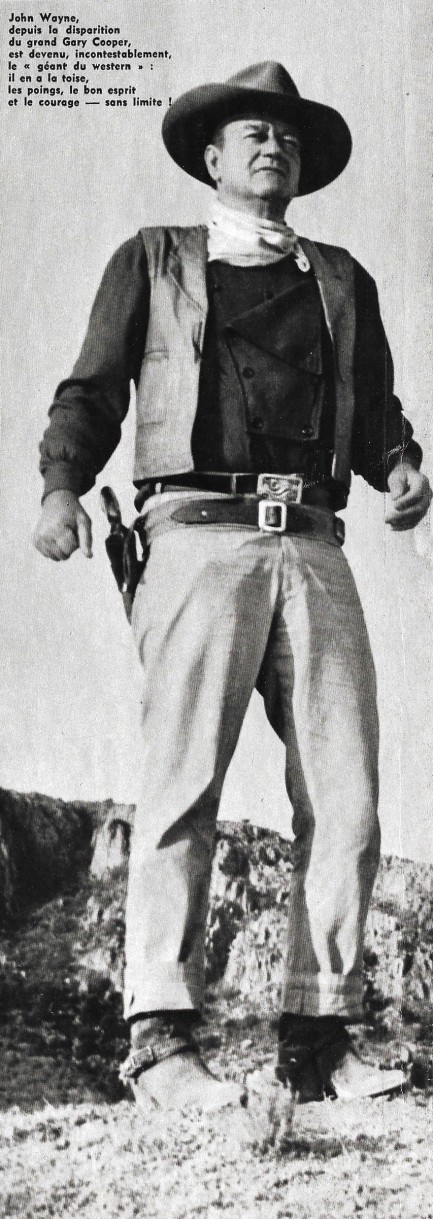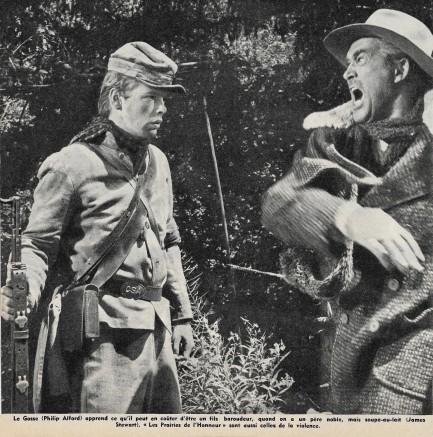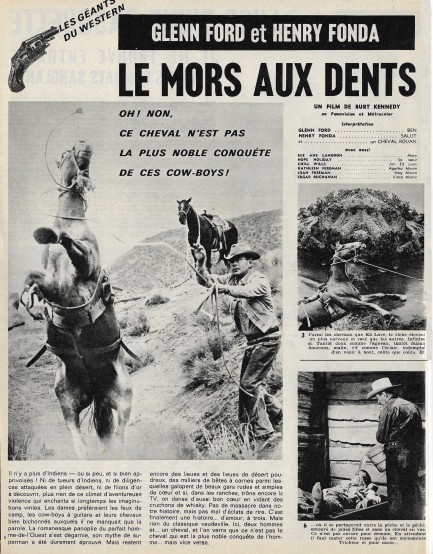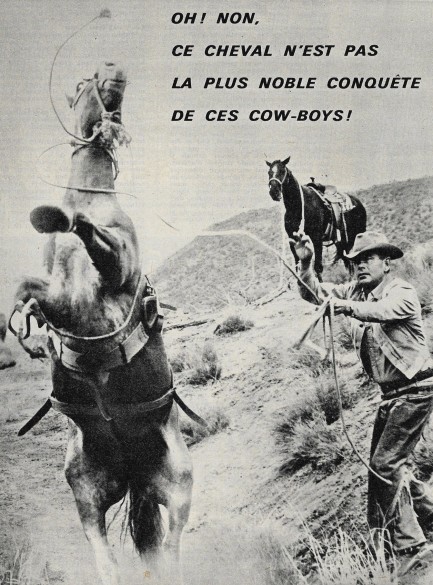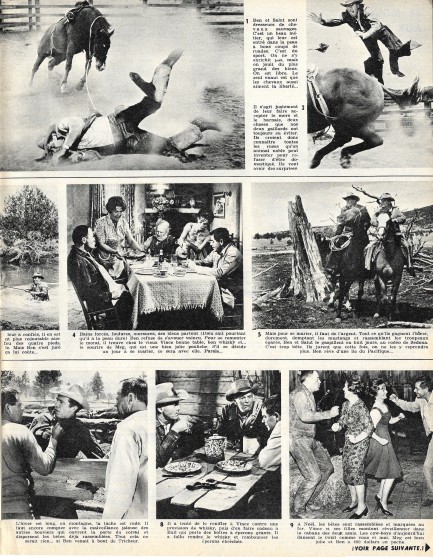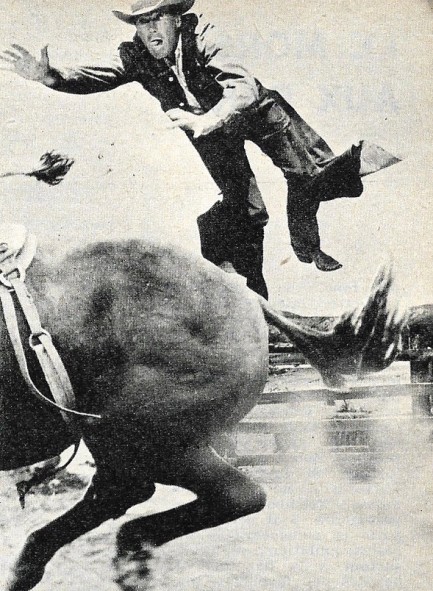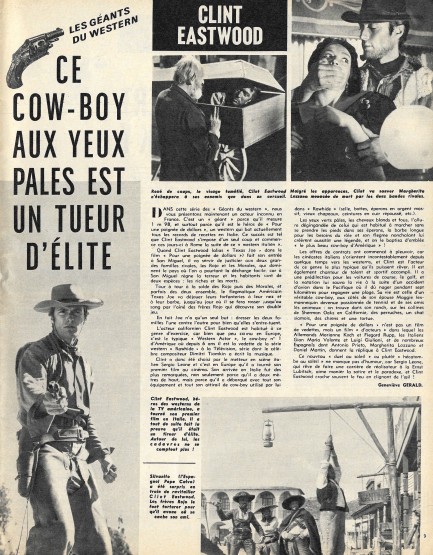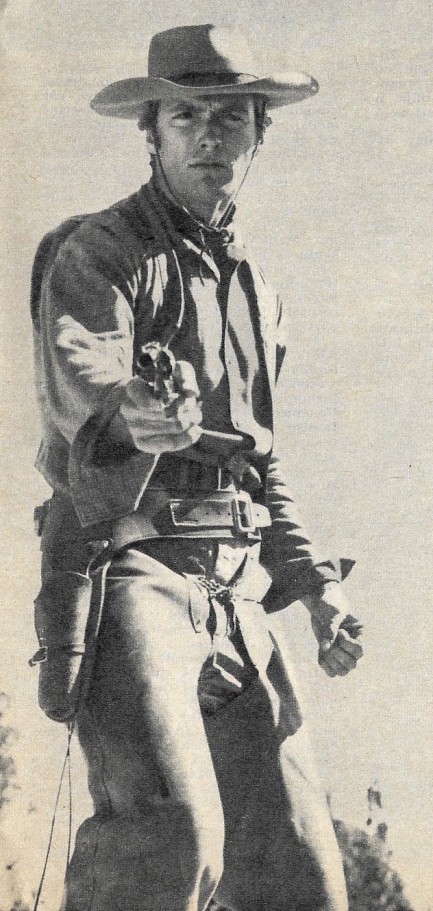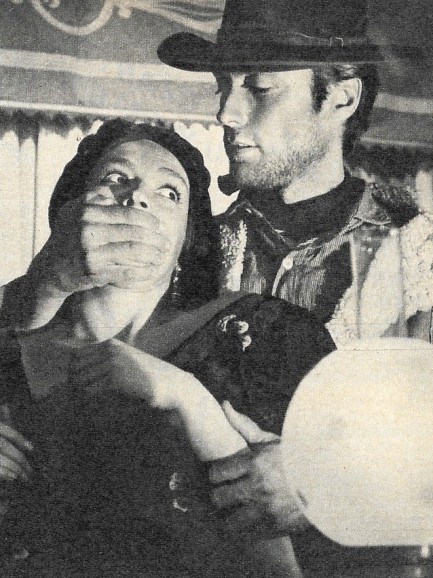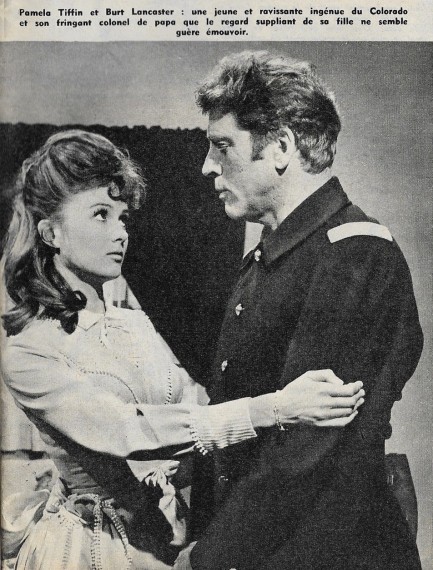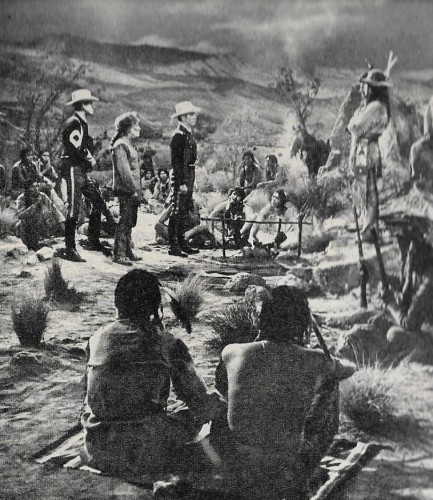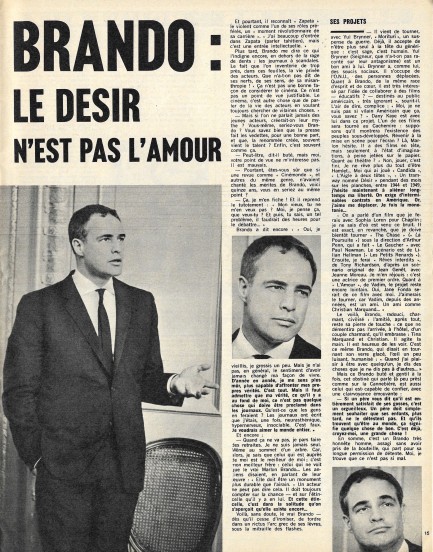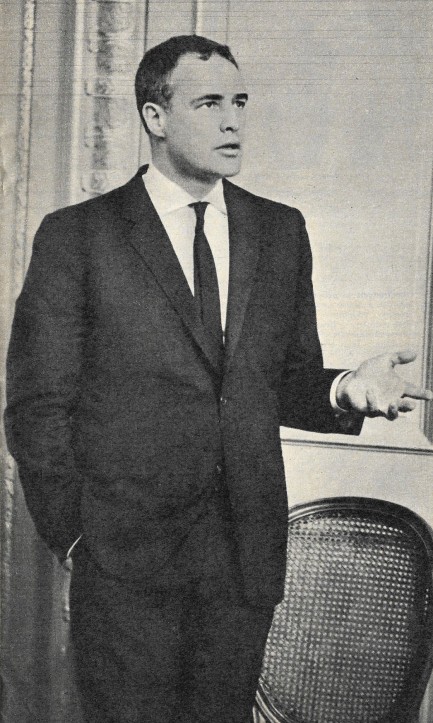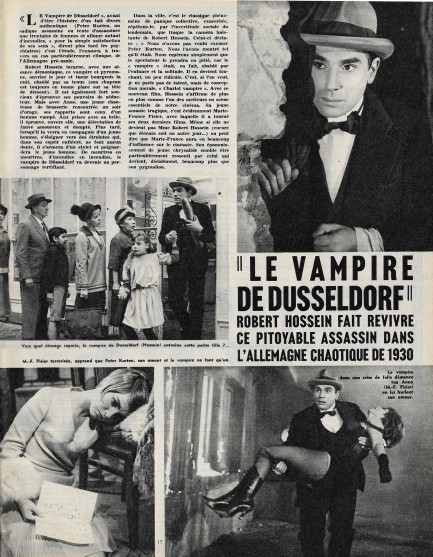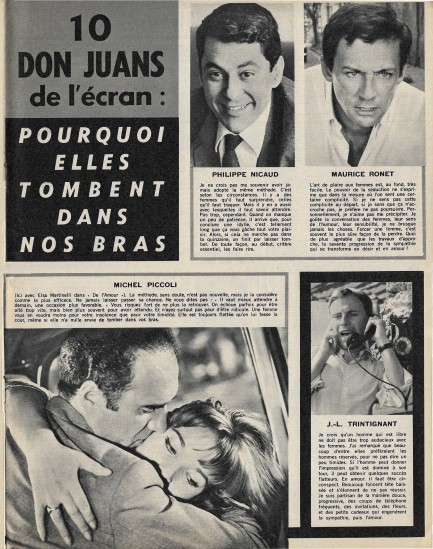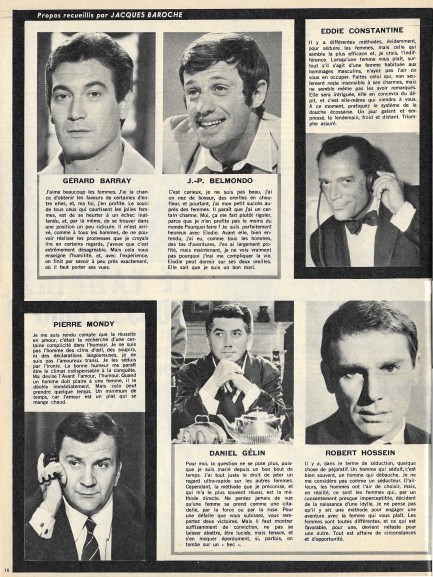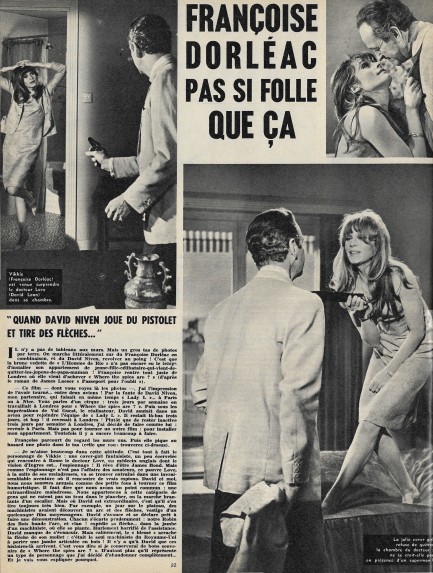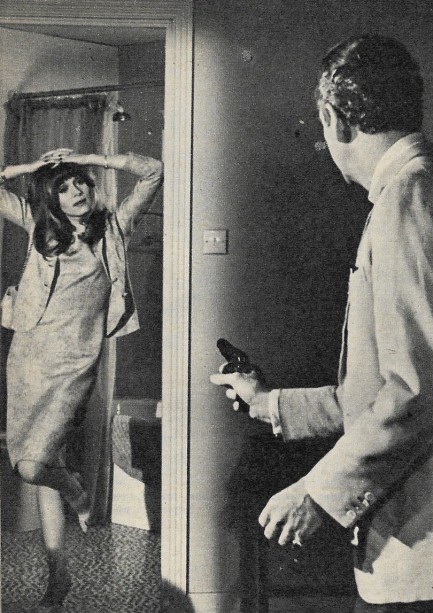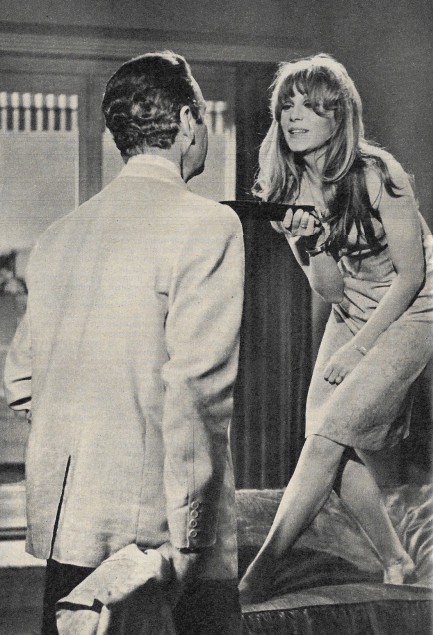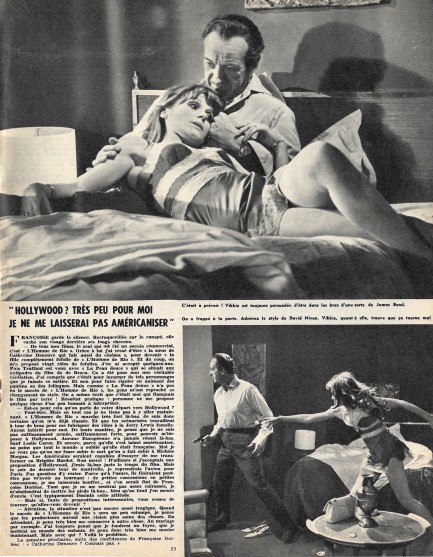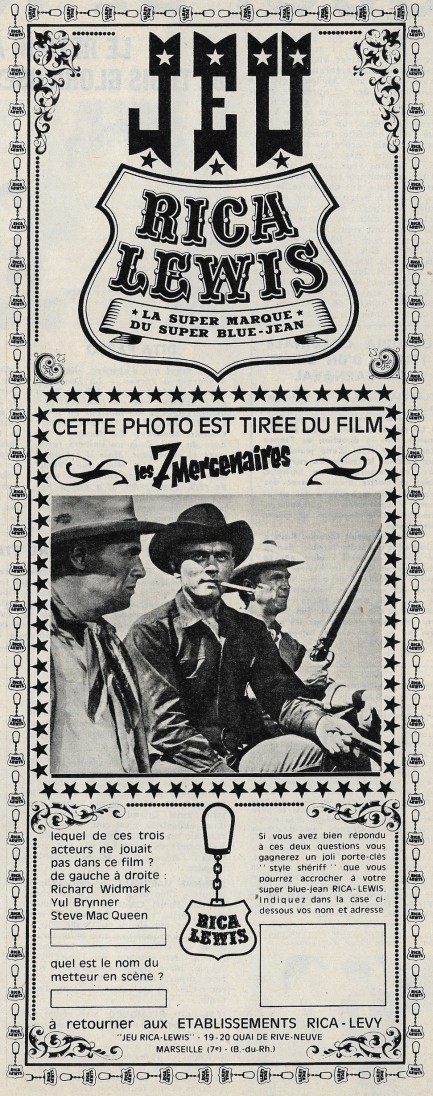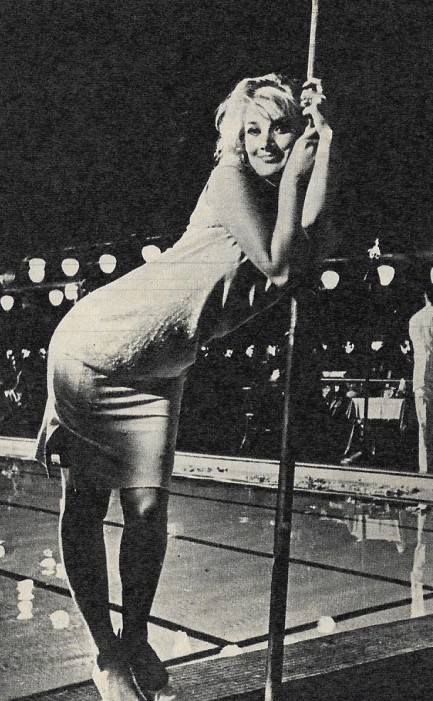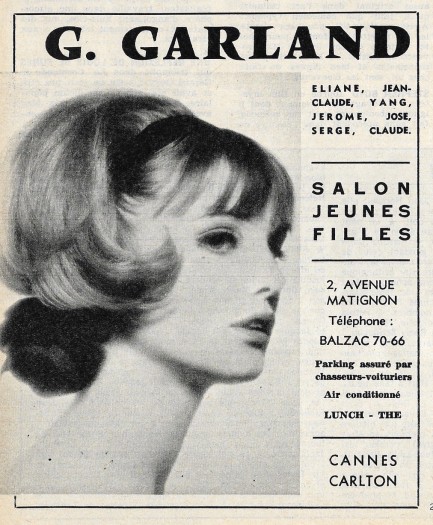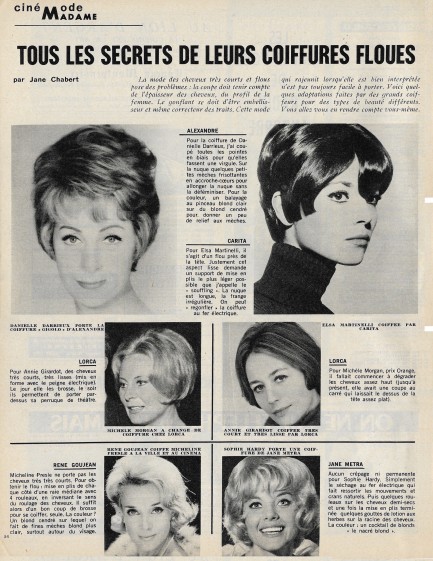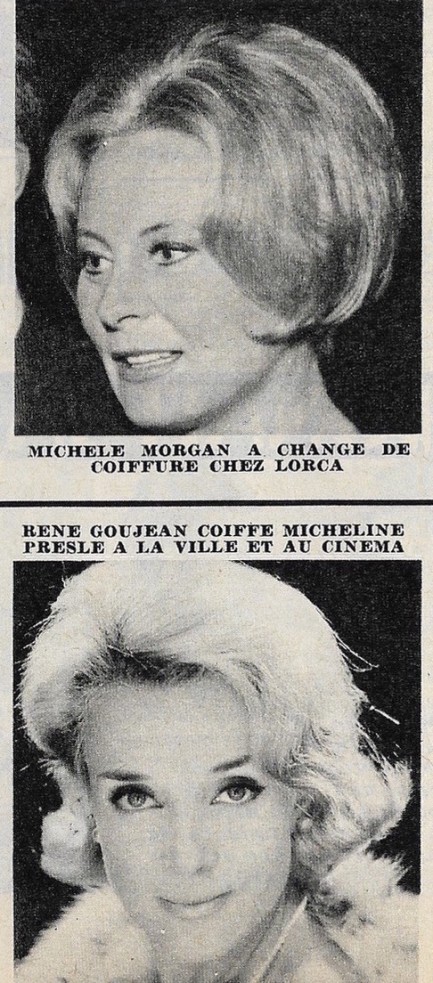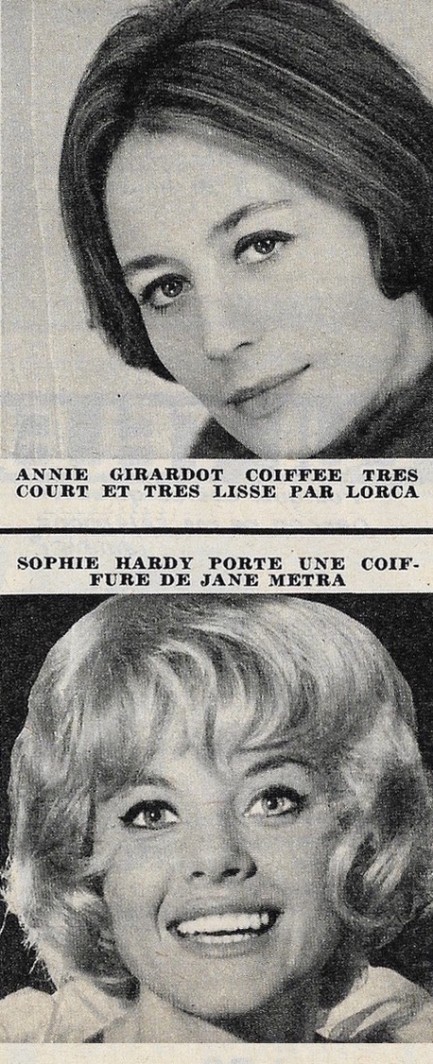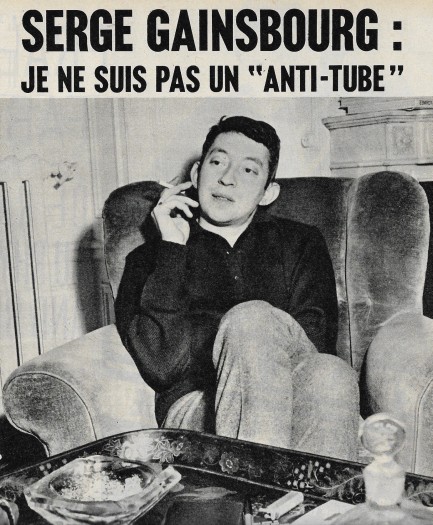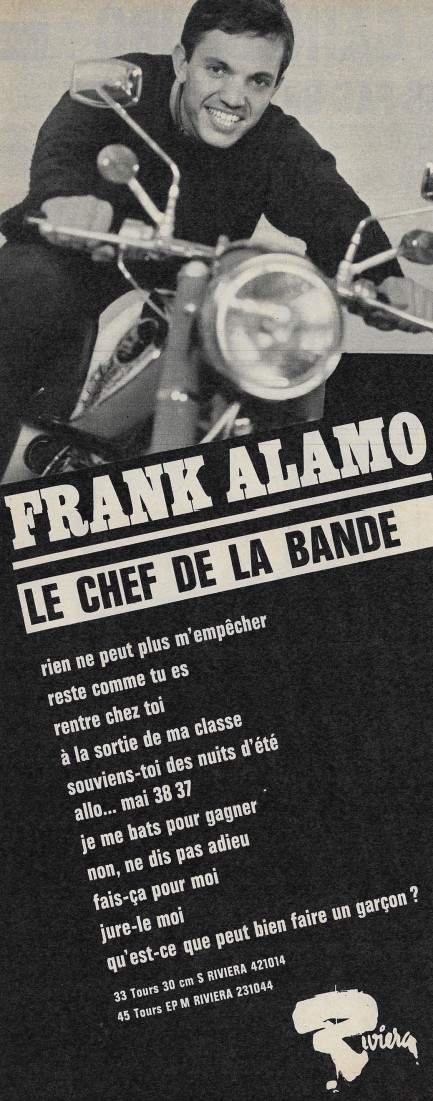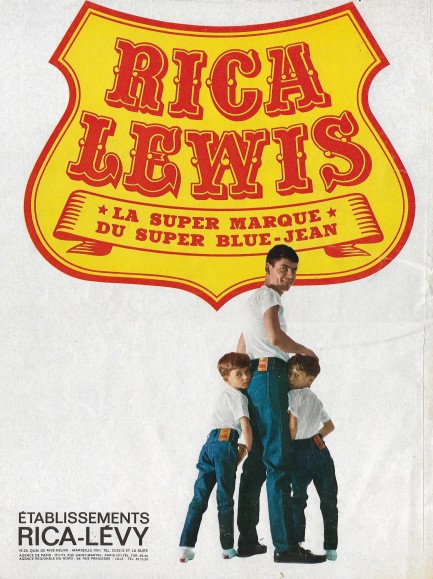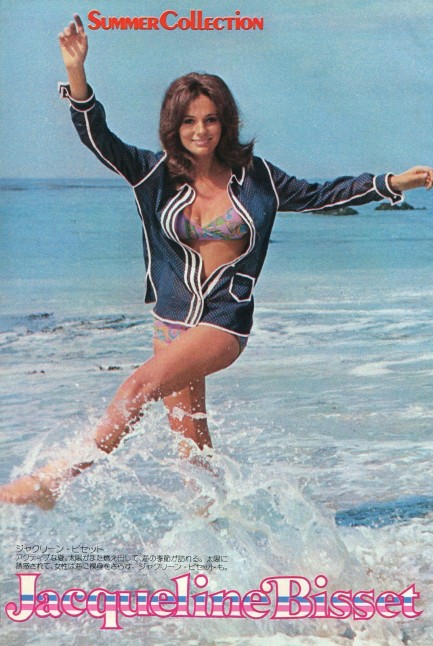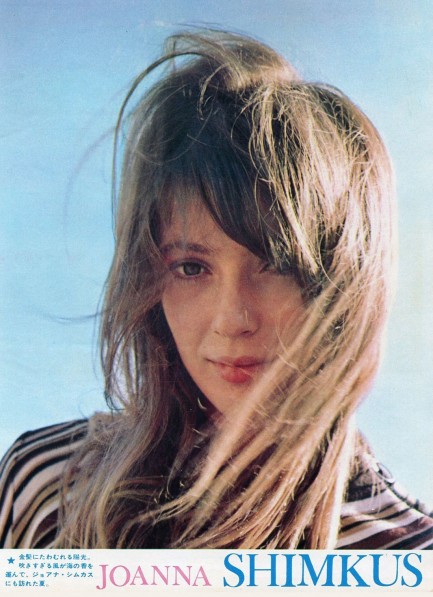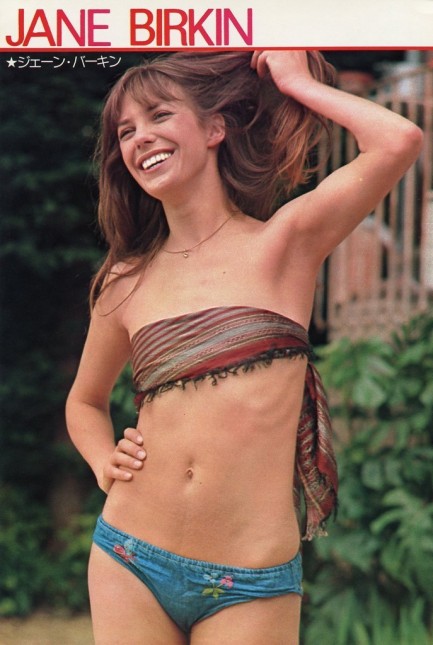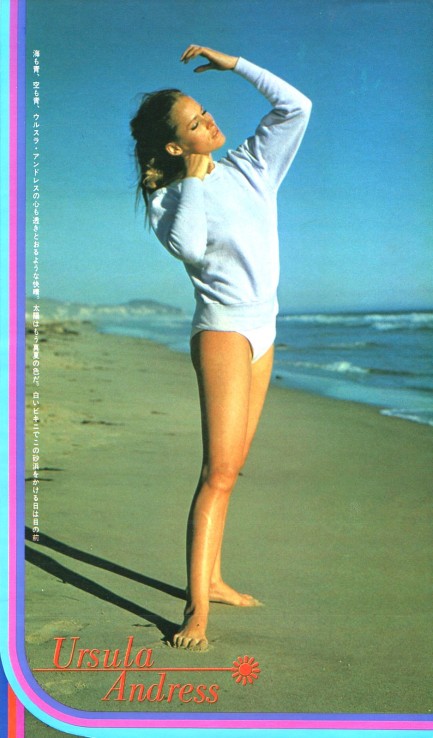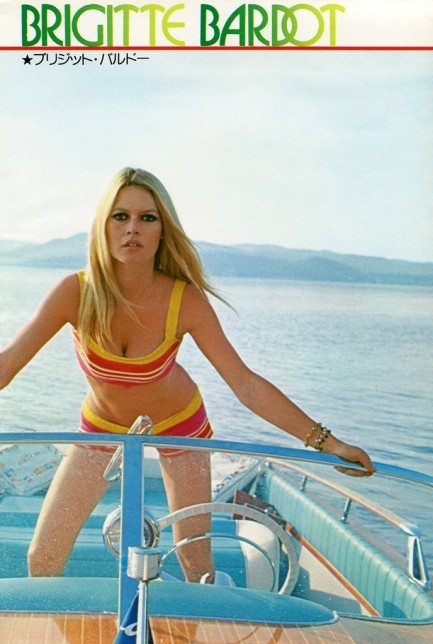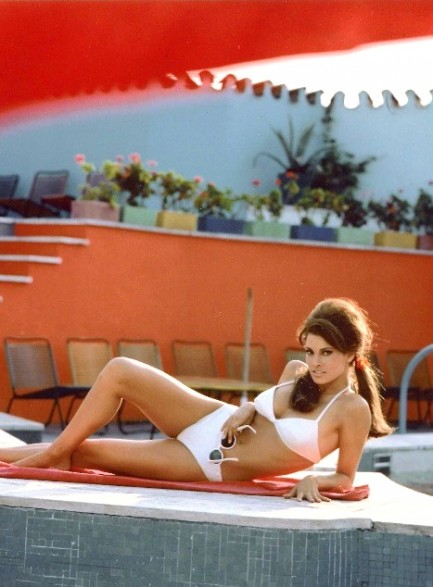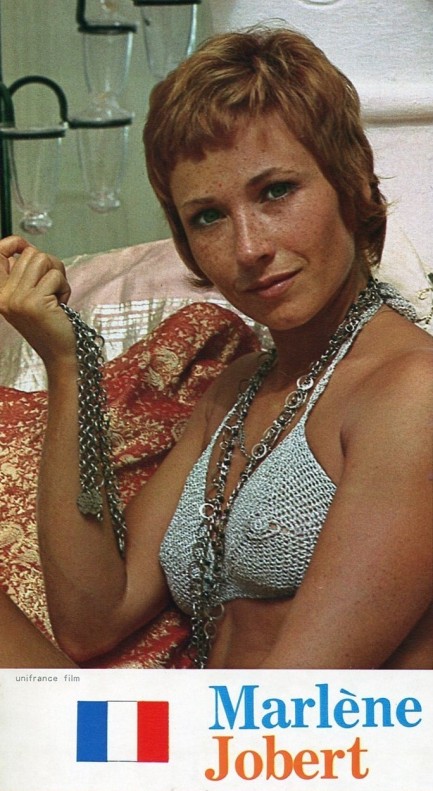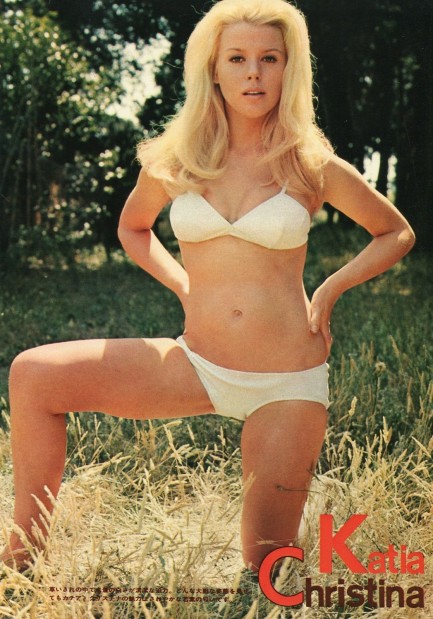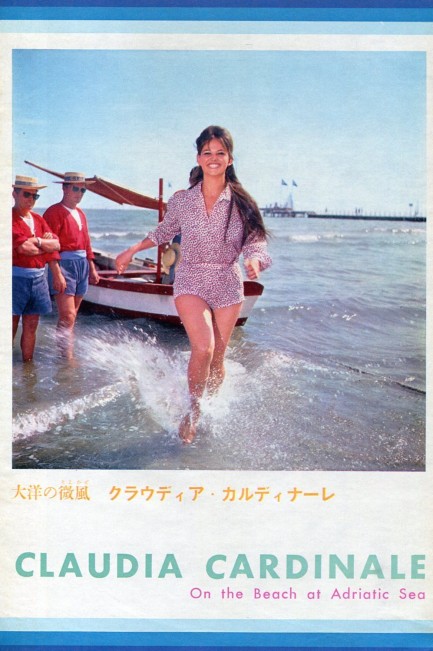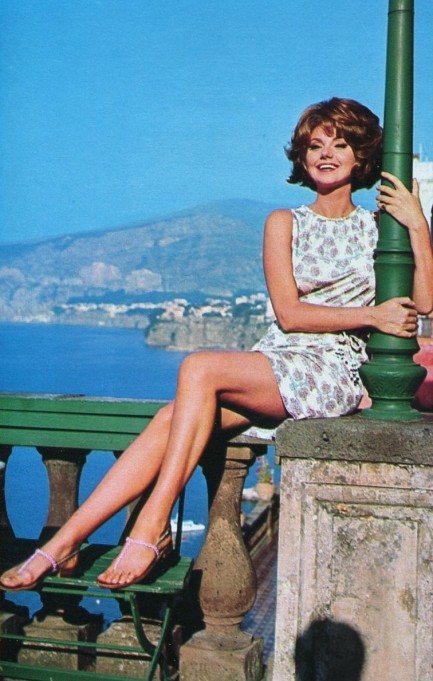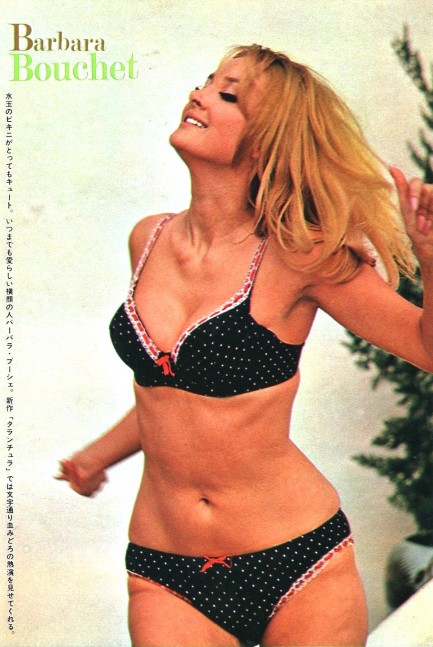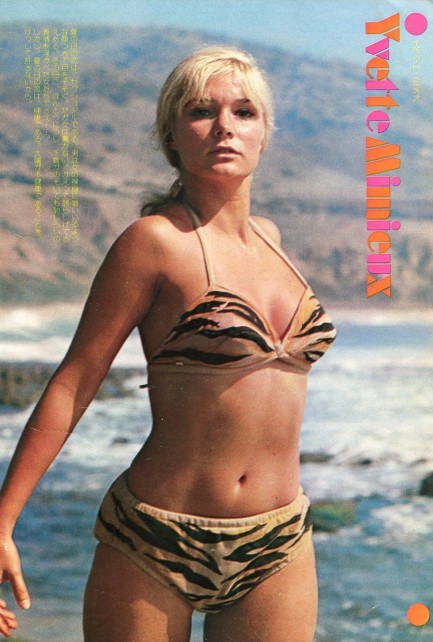 A city with no exit. 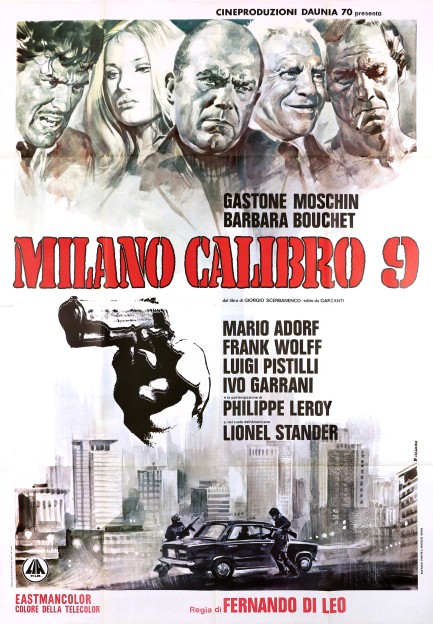
Milano Calibro 9, for which you see a promo poster painted by Renato Casaro, is a fun entry in the ranks of Italian crime cinema. Derived from a book of twenty-two short stories by Giorgio Scerbanenco, the plot follows a career thief played by a deadpan Gastone Moschin who's suspected by a crime kingpin of stealing $300,000 of his money. When Moschin is released from prison he's dogged by the kingpin and the local cops, who both want him to produce the cash. But he says he doesn't have it. The fact that the money is missing is what's keeping him alive for the moment, but if he doesn't come up with it the kingpin will kill him.
This trapped ex-con scenario runs along classic lines familiar to fans of vintage noirs, which works to the movie's benefit and disadvantage simultaneously. On the negative side, the plot offers little new in the gangster genre, and contemporary reviews pointed that out, but on the positive the movie has gritty Milan exteriors (shot when air pollution was still a major problem throughout the industrialized West), a cold-as-ice mood, a set of great character actors as various brutal criminals, and the presence of Barbara Bouchet as the world's least rhythmic but most beautiful go-go dancer.
What really sets Milano Calibro 9 apart, though, is its political undertones. The police investigation is hampered by a bitter division between classic rightwing commissioner Frank Wolff and far left head inspector Luigi Pistilli. Their ideological conflict and its implicaition of widespread class struggle in Italy gives the movie's fight over loose money a significance that still resonates today. In our era characterized by (among other serious problems) a yawning financial inequality gap, Milano Calibro 9 is a reminder that cinematic thrillers weren't always politically mindless. We recommend it. It premiered in Italy today in 1972.
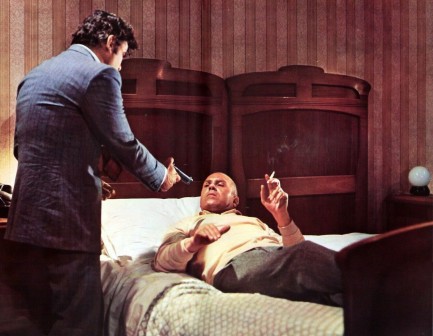 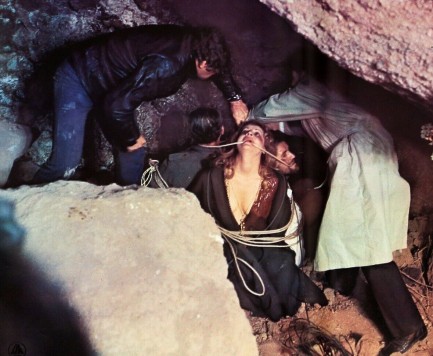 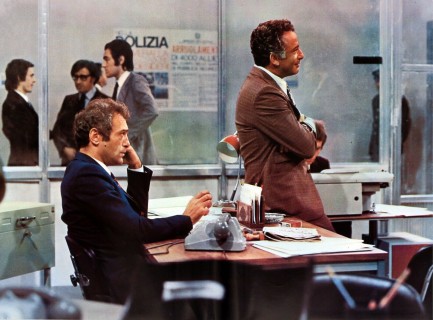 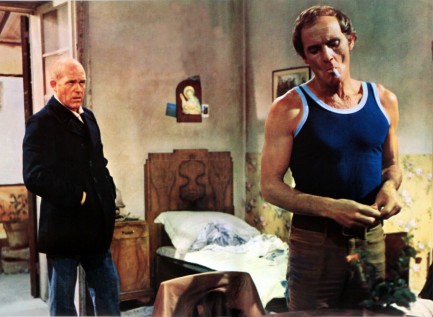 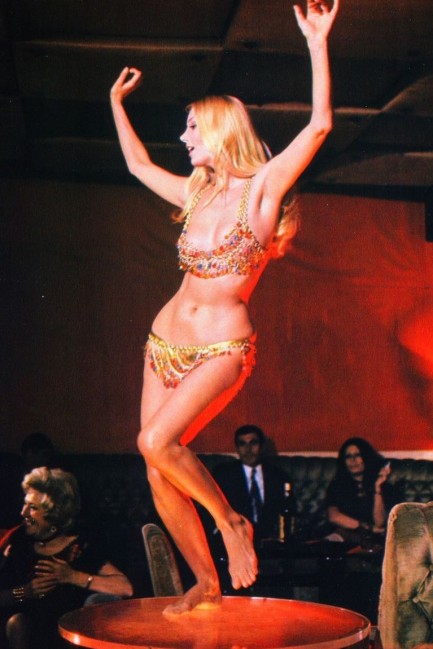 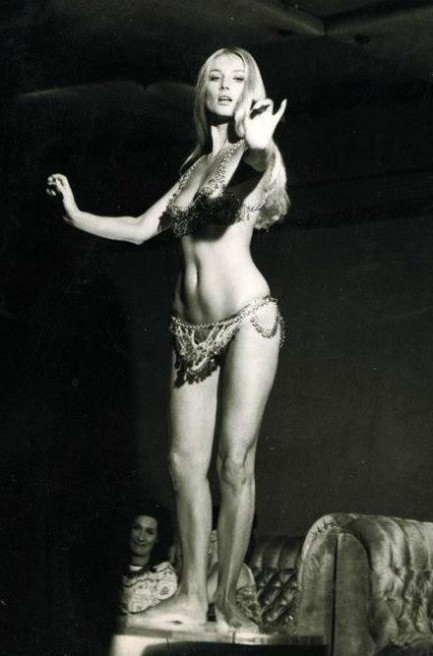 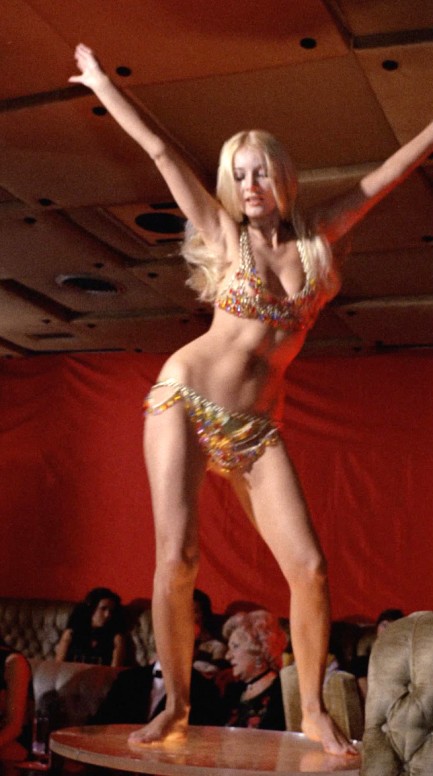 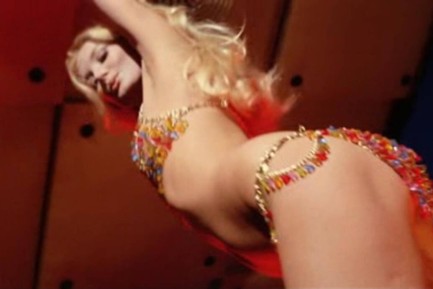 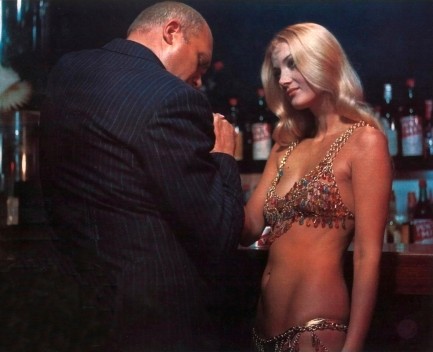 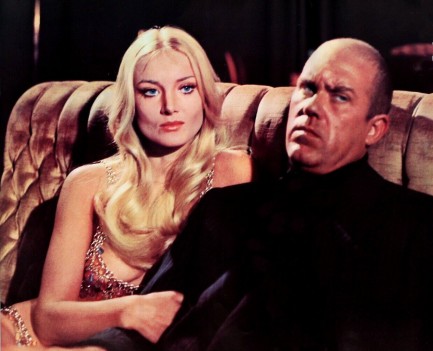 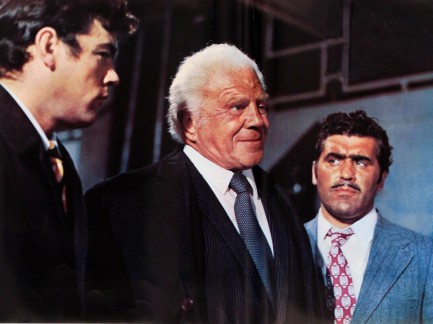 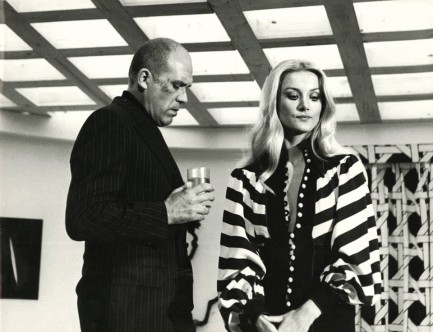 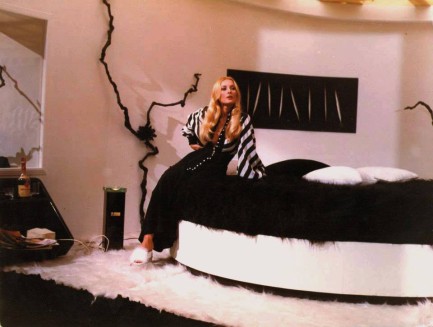 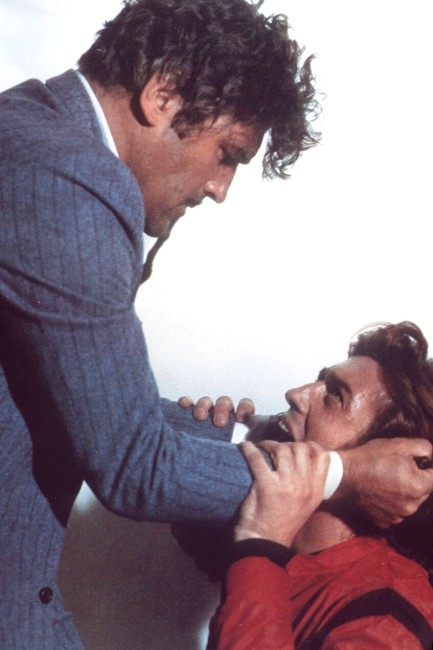 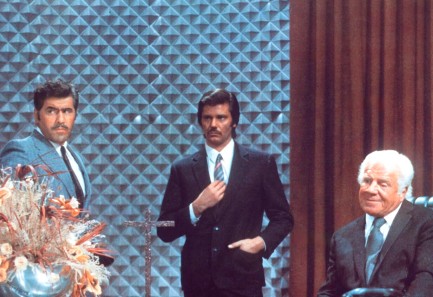 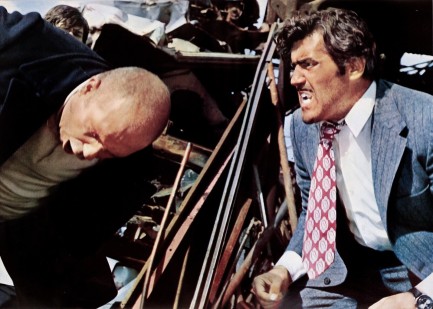 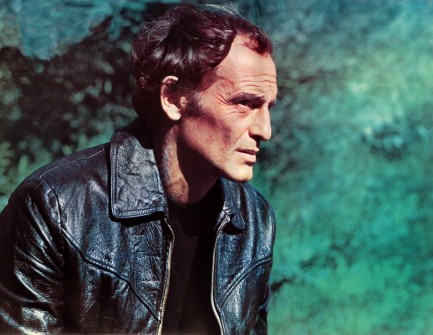 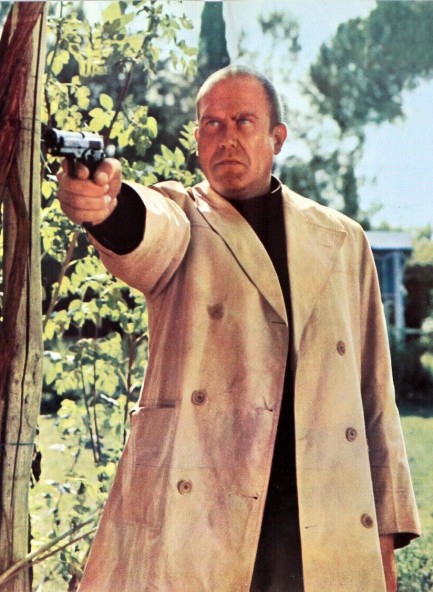
 This frolic has been sponsored by Off! bug repellent and Nasonex hay fever tablets. 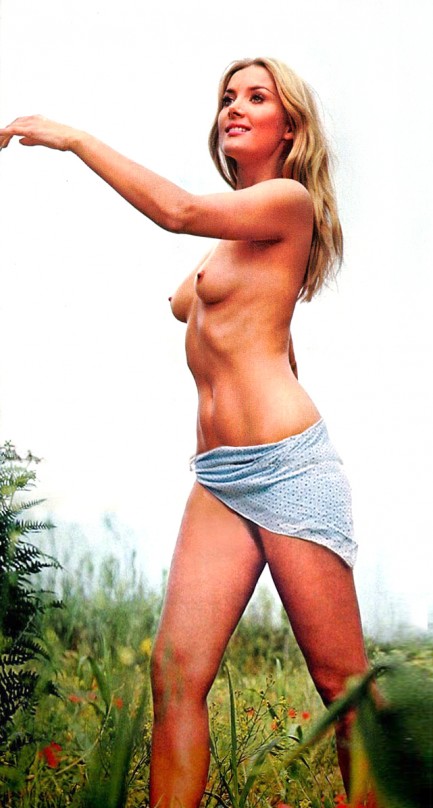
In this centerfold image from the Belgian magazine Ciné-Revue published in September 1972, Barbara Bouchet finds herself in a field of wildflowers and high grasses, and does what comes naturally—sneezes like a maniac until the medication kicks in. Then she frolics, and what a lovely frolic it is. We've featured Bouchet before, which means you already know she's a famously beautiful model-turned-actress who appeared in films like Non si sevizia un paperino, aka Don't Torture a Duckling, Gangs of New York, Casino Royale, and television's Star Trek. Also—and we didn't mention this the other times we wrote about her—she's another celeb who benefitted from a name change. She was born in 1943 in Sudentenland, a part of Czechoslovakia that was occupied by Germany at the time, and grew up as Bärbel Gutscher. That name simply doesn't roll off the tongue, so when she went to Hollywood she chose something that sounded French and the rest is history. These days she lives in Rome, where she still occasionally acts, though probably does a bit less frolicking. See a couple more shots of her here and here.
 French magazine celebrates essential American film genre. 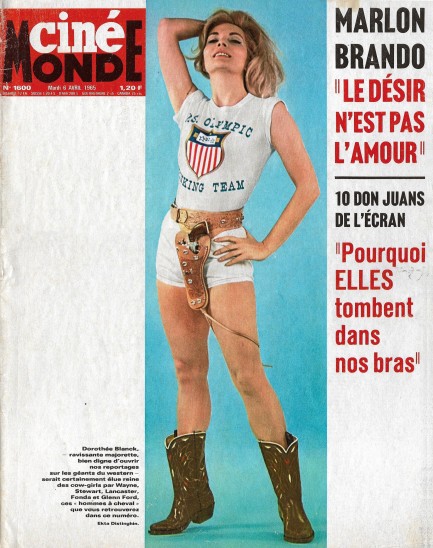
A few years ago we used this image of German actress Dorothée Blanck as a femme fatale, but didn't scan the rest of the magazine in which we had found her. By now you know why—the pages of these old film mags are large and we have to scan them in halves and put them together in Photoshop or GIMP, which is time consuming, something that's a real problem for lazy people like us. But here we are three years later and we've finally done it. Above is the full cover of the issue of Cinémonde—“cineworld” in English—from which Blanck came.
Cinémonde was first published in October 1928 and ran until being interrupted by World War II in 1940. Post hostilities the magazine reappeared, running from 1946 until 1968, taking another pause, running again from 1970 to 1971, and finally folding for good. This issue hit newsstands today in 1965. Like other European magazines of the era, the main attraction with Cinémonde is that its photos generally have not been seen online before. This issue was devoted to the American western, and the subjects include some of the biggest cowboy stars in cinema history, including John Wayne, Glenn Ford, Clint Eastwood, and Jimmy Stewart.
That's the first half of the issue. Afterward editors move outside the western milieu, and you get Marlon Brando, David Niven, Francois Dorléac, Barbara Bouchet, Serge Gainsbourg, hair secrets of the stars, the top ten Don Juans of French cinema, and more. Do we have other issues of this magazine? You bet. We own a group that includes Cinémonde, Ciné-Revue, and others. Will we ever scan them? Well, we make no promises at this point, but you never know—maybe we'll splash out for a bigger scanner and solve the problem with money instead of effort. Seems to work for everyone else. Thirty plus images below.
 What's mostly style and virtually no logic? A typical giallo. 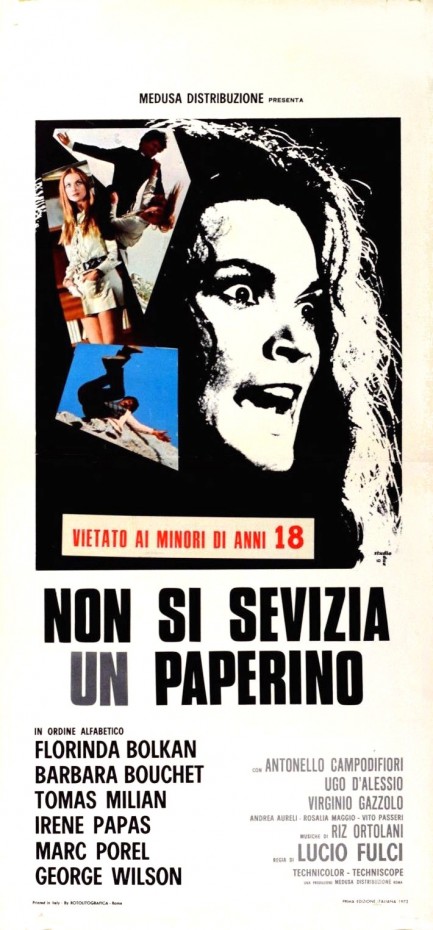
Giallo films occasionally take on taboo subject matter. In western cinema little is more taboo than child murder. Non si sevizia un paperino, aka Don't Torture a Duckling unabashedly uses this premise, as police in rural Italy try to solve the murder of a 12-year-old named Bruno. “The guy's obviously going to be a mental case,” one cop says. “The killer's a maniac,” says another. But cops are notoriously obtuse in these films. Was the killer really some nut job? Bruno was one of a trio of close friends who spent a lot of time together playing in the hills. When a second member of the group turns up dead it seems clear that the three boys saw something they shouldn't have and are now being targeted.
As usual in giallo there are extraneous moments littered throughout the plot. Why does creepy ass Florinda Bolkan play in the muck with three voodoo dolls that seem to represent the three boys? Why does a local farmer wander the woods during a late night thunderstorm chopping down foliage with a machete? Why does Barbara Bouchet lounge in her room nude under a sun lamp? Actually, we know the answer to that last question—the filmmakers had one of cinema's great beauties on their hands and weren't about to let the opportunity to show her pass. We couldn't let it pass either. See the promo images below.
Getting back to the positives, we enjoyed watching sex symbol Bolkan dirty herself up to play a mountain witch, loved Bouchet's assortment of ultra cool outfits and cars, and thought the filmmakers used the Basilicata countryside to good effect. But who did the killing? Was it Bolkan the witch? The big city drug addict? The handsome local priest? The mentally disabled man-boy? The priest's strange mother? Giallo mysteries are not usually written in such a way as to be solvable, so in truth it's hard to care. But even if Non si sevizia un paperino isn't an involving puzzle, it's great eye candy with a bizarrely graphic ending that must be seen to be believed. It premiered in Italy today in 1972. 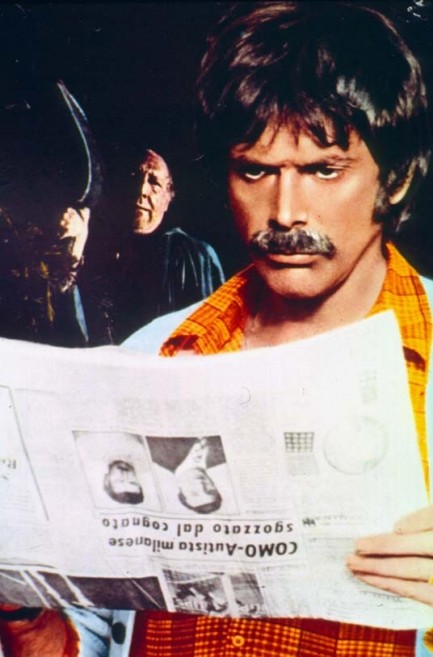 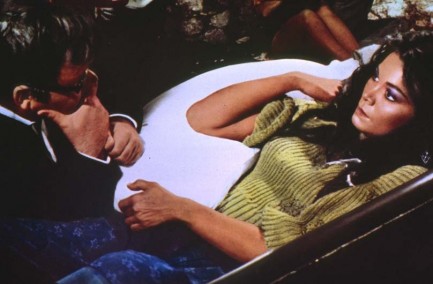 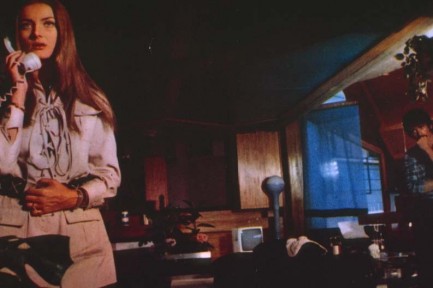 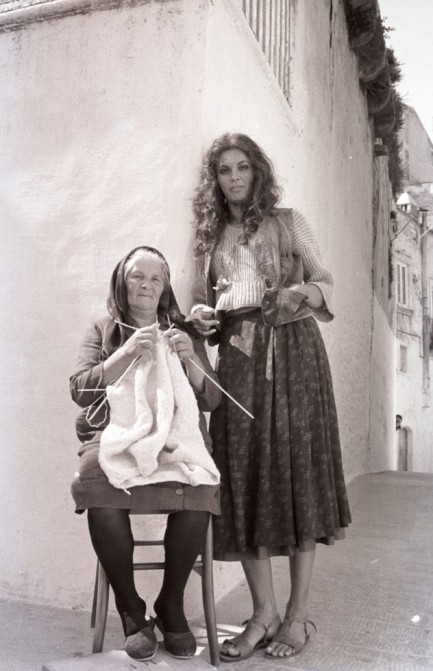 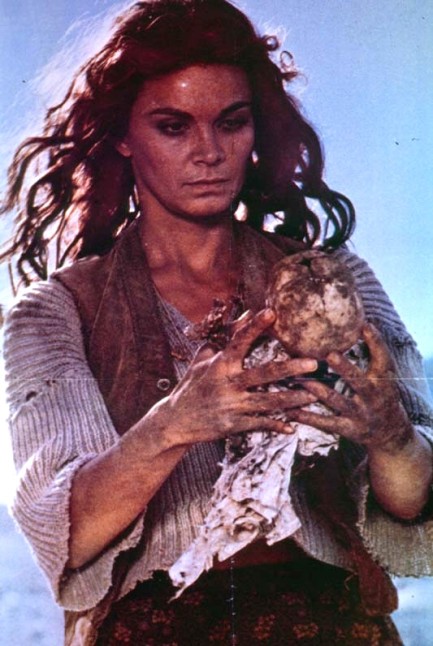 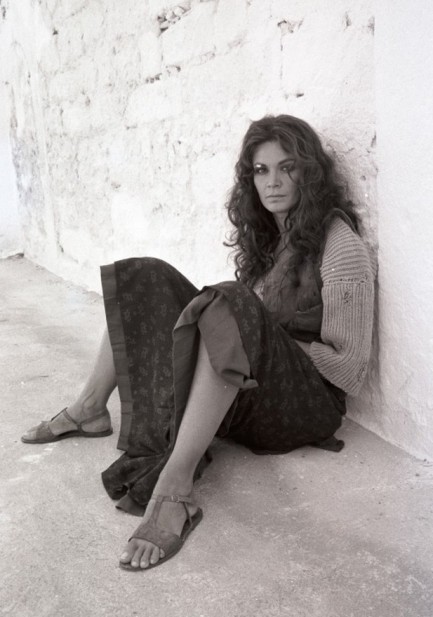 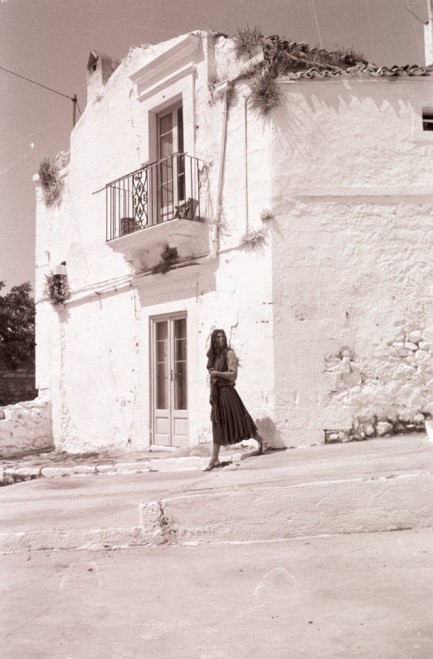 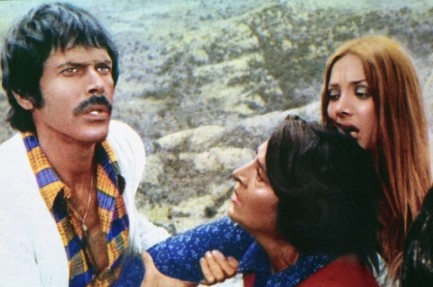 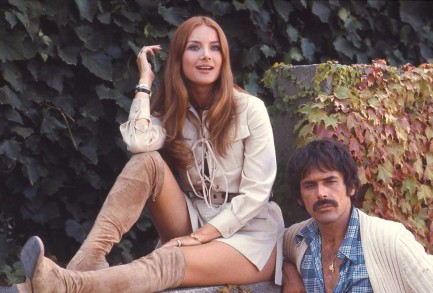 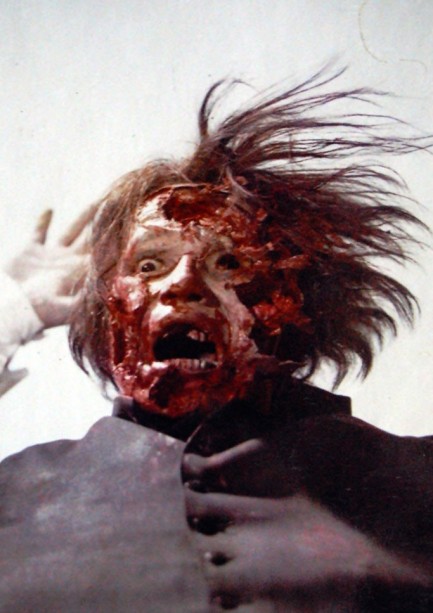 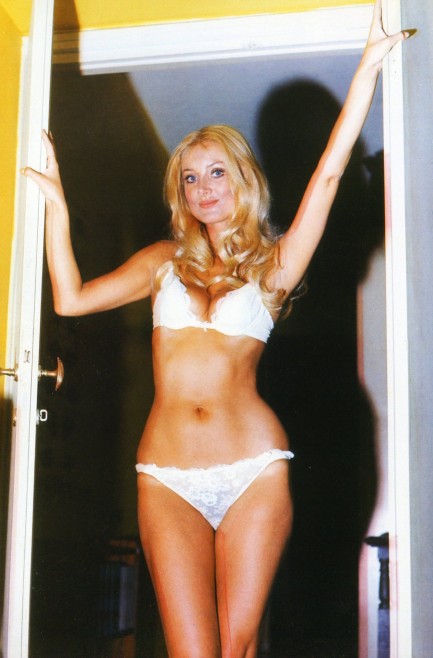
 Without her it's just a gaudy mauve bedroom. 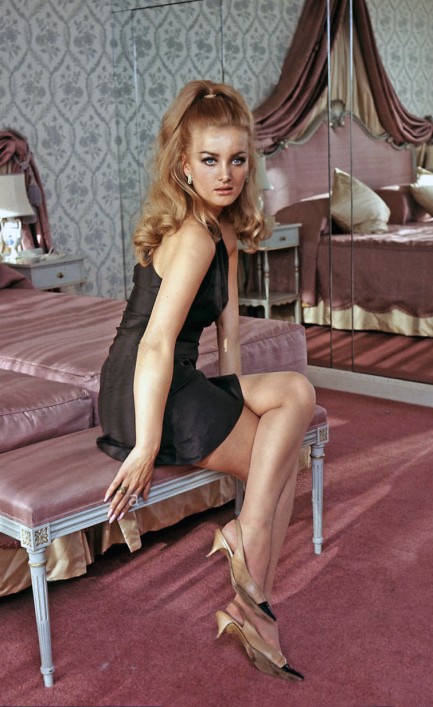
Above, a really lovely shot of Barbara Bouchet, considered one of the great beauties of her era, chilling in a hotel room. She was born today in 1943 in the Sudetenland, then part of Germany, today part of the Czech Republic. We've featured her before and all those posts are worth a look, here, here, and here.
 Staring down the barrel. 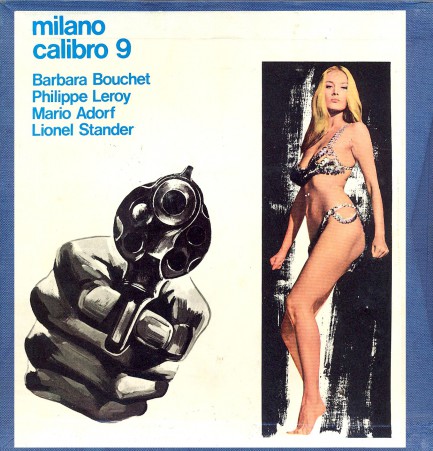
When we first saw this we weren’t sure what it was—we were thinking soundtrack sleeve. Turns out it’s a super 8 film box for the 1972 Italian poliziotteschi Milano calibro 9, aka Caliber 9, and it came from an interesting blog called Passione Super 8. The cover star, who we’ve helpfully enlarged below, is Barbara Bouchet, a Pulp Intl. favorite we’ve talked about once or twice before. We actually haven’t seen this film yet, but now it’s next on the list. You can visit Passione Super 8 at this link. 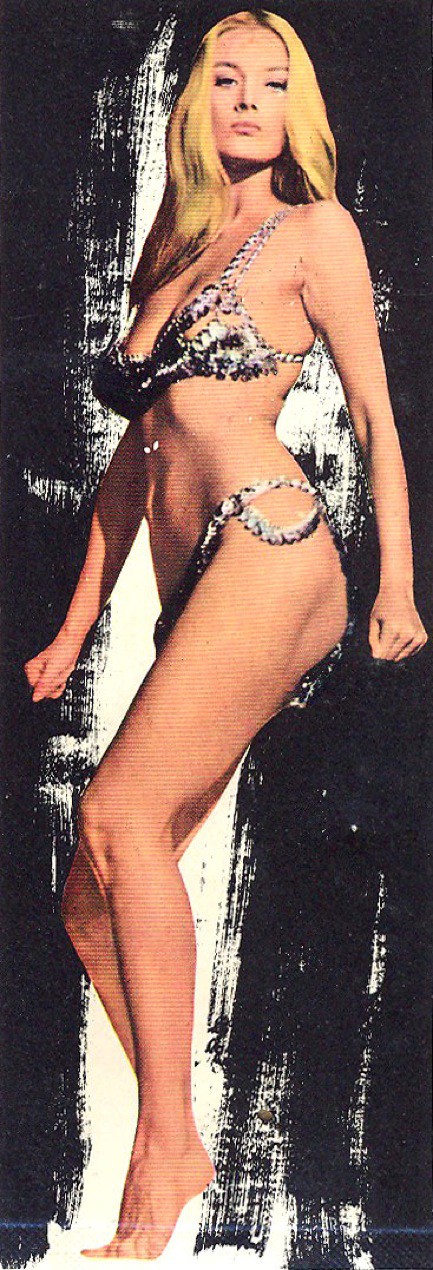
 It’s possible to have too many Bonds. 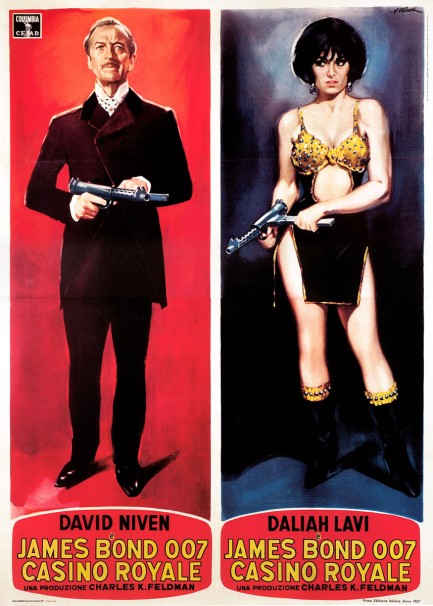 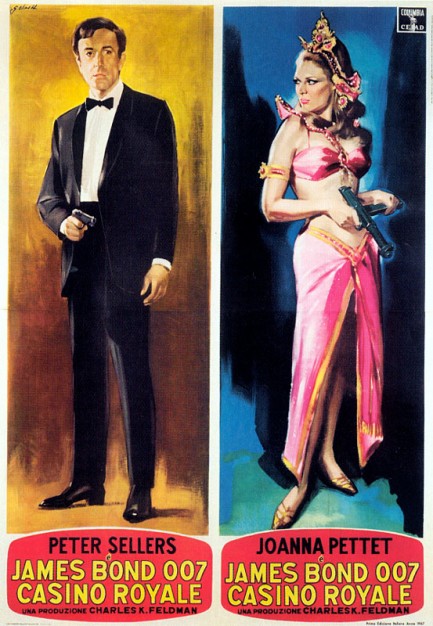 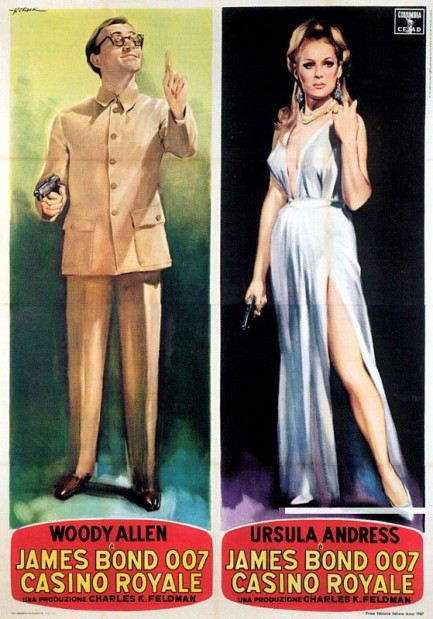
1967’s Casino Royale wasn’t a global Christmas movie in the sense that today’s films are, however it did premiere Christmas week in ten European countries, as well as today in Japan. The movie wasn’t good. Basic idea: Sean Connery is an imposter, so the real James Bond in the form of David Niven is coaxed out of retirement, and he comes up with a plan to confuse his arch enemies SMERSH by renaming all British agents—male and female—James Bond. Time’s review of Casino Royale was headlined “Keystone Cop Out,” and The New York Times’ Bosley Crowther was just as scathing, noting that “since it’s based more on slapstick than wit, with Bond cliché piled upon cliché, it tends to crumble and sprawl.”
But one thing about holiday blockbusters—past and present—is that they’re expensively promoted. The many posters produced to sell Casino Royale were top notch. A U.S. poster painted by the legendary Robert McGinnis remains one of his most iconic pieces, but we also like these Italian quattro foglio promos painted by the extensively and expensively collected Giorgio Olivetti. We saw a set of these asking $8,500 at an auction site. By contrast, below are several U.S. promos, not paintings but photo-illustrations, on which the film’s secondary players get starring roles. They aren’t nearly as collectible as the movie’s paintings, but they’re pretty, so we’re sharing them as well.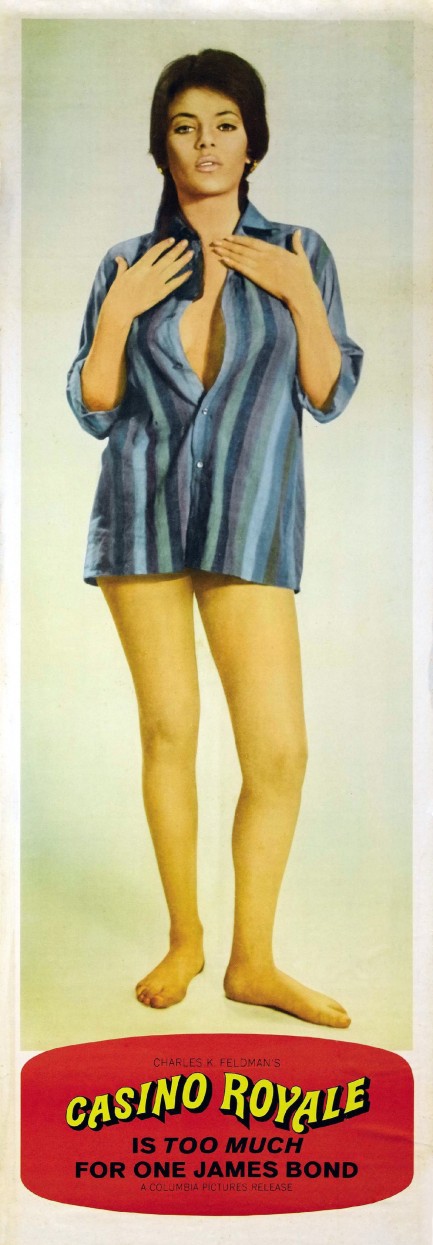 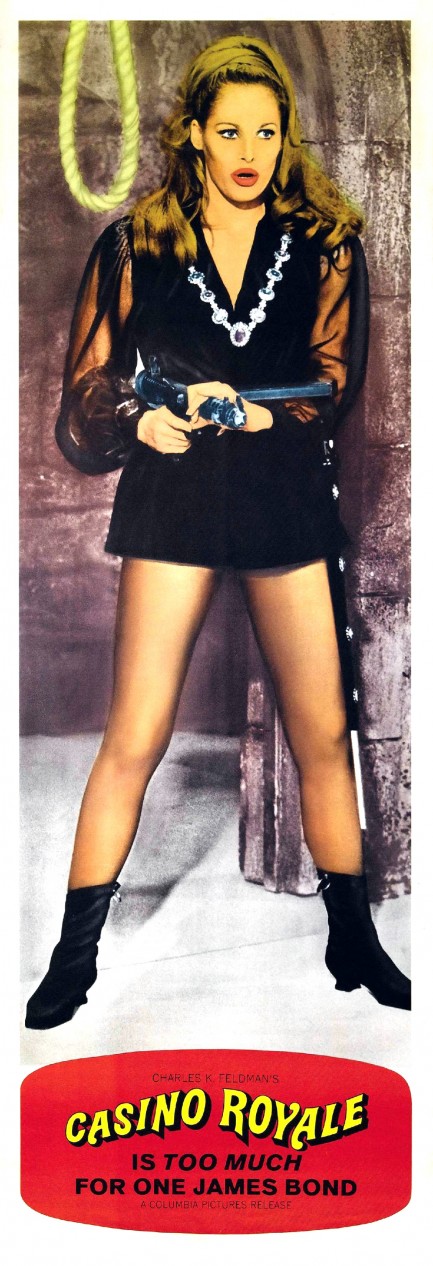  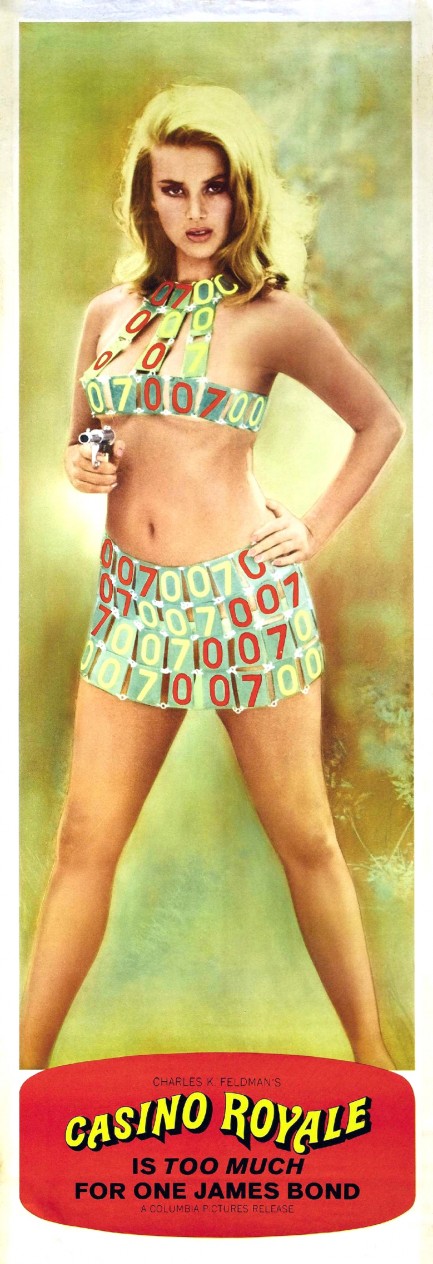 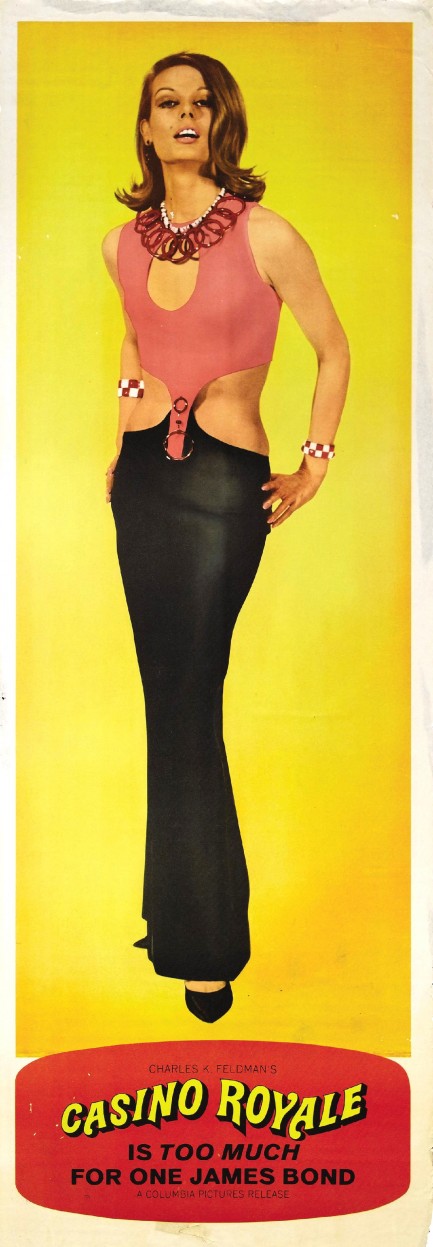 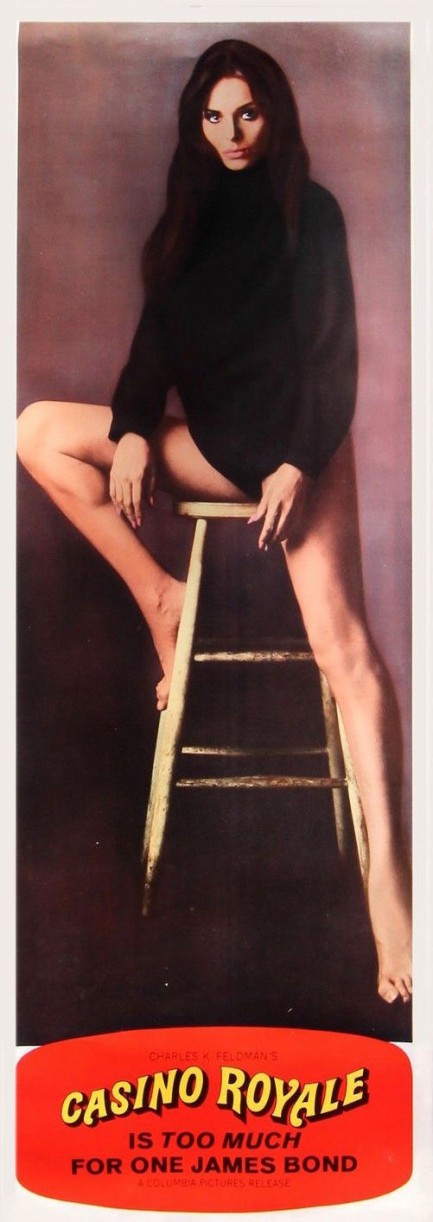
 The year’s longest day in a season that’s always too short. In some places the weather is warm every day, pretty much, but in others, warmth is a fleeting gift. Regardless of where you are, we are officially at the beginning of summer, with the solstice arriving today or tomorrow, depending on your time zone. So we’ve decided to pull together some summery promo pix. These are from Japanese magazines and feature stars who were most famous during the 1950s and 1960s, including Raquel Welch, Ursula Andress, Yvette Mimieux, and others. You can similar summer collections from previous years here and here.
 You can never have too much information. 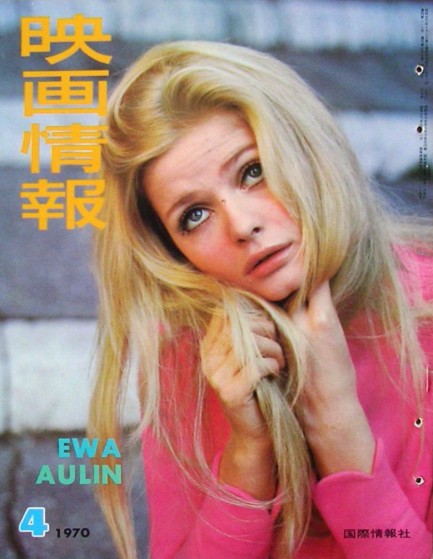 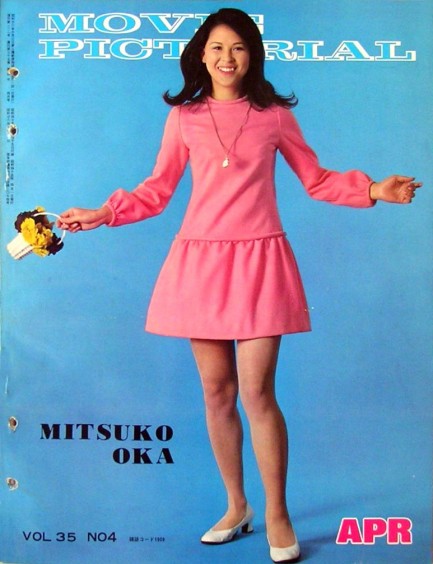
Every time we see a cover of the Japanese celeb/cinema magazine Movie Information/Movie Pictorial we find ourselves thinking how cool they look. It’s a publication that goes all the way back to the early 1950s, and it had a few different periods, graphically speaking, but for some reason we always preferred these clean, colorful late-1960s early-1970s covers. So we thought we’d upload a few fronts and backs we’ve found over the years and see if you agree. As far as the name goes, we usually see the magazine referred to in English as Movie Pictorial, and in fact the back cover does say that, obviously. But the front cover writing definitely says “Movie Information.” So there you go. But we’ve actually turned screwing up these translations into a fine art, so we won’t be heartbroken if we’re wrong. Anyway, see below. And FYI, the girl in the scuba tank is Barbara Bouchet, so she’s on three covers. The scuba image is a promo shot from Voyage To the Bottom of the Sea. You can see two more front covers here and here.
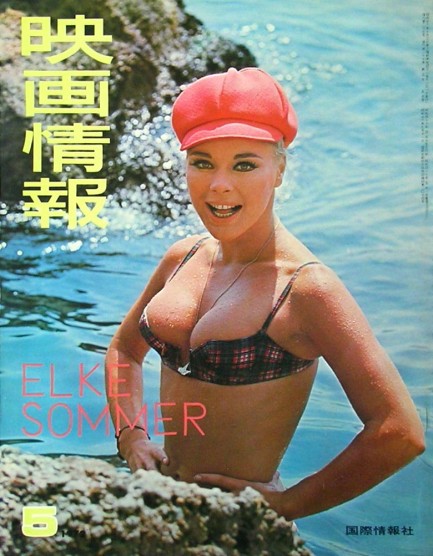 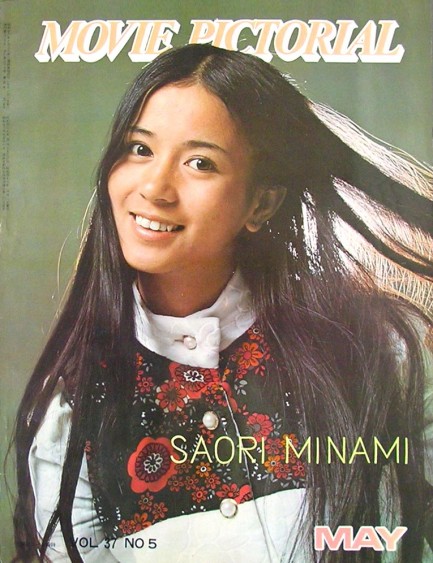 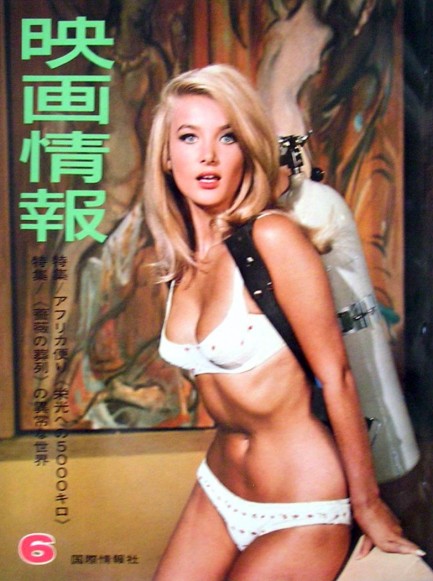 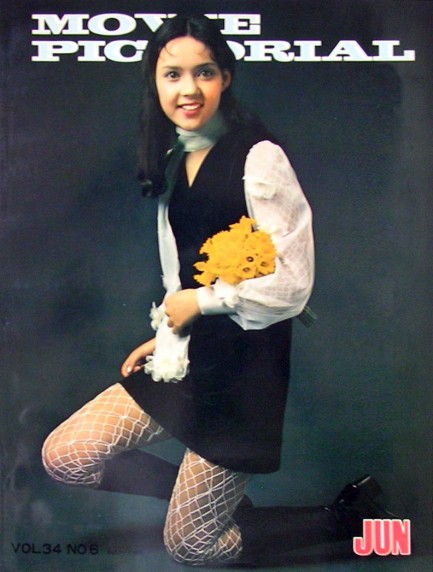 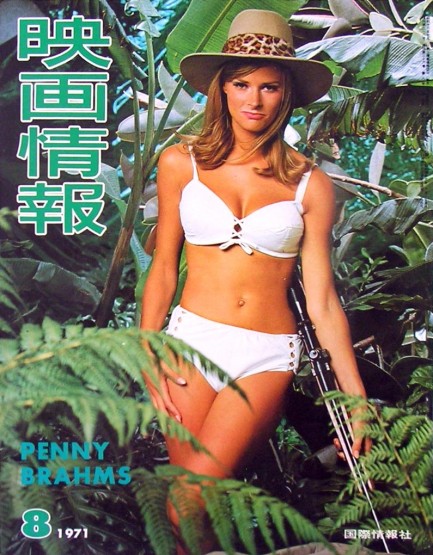 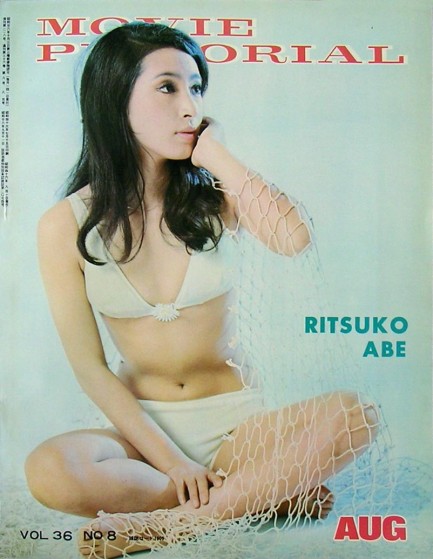 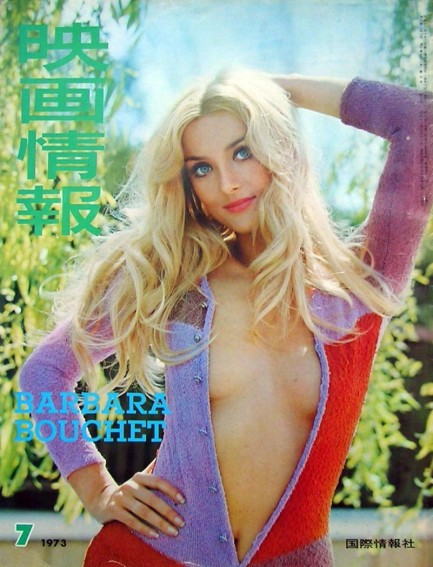 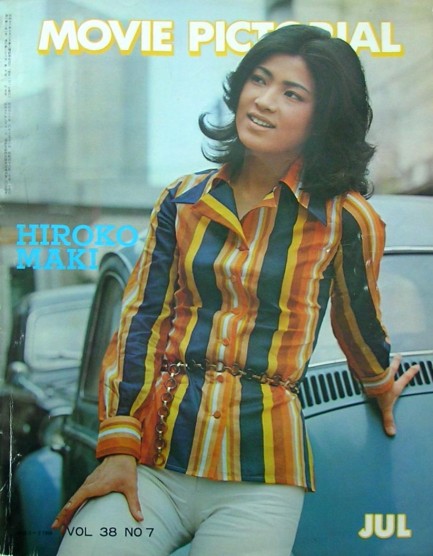 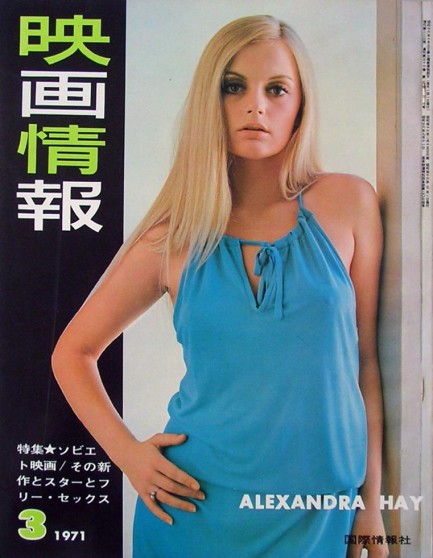 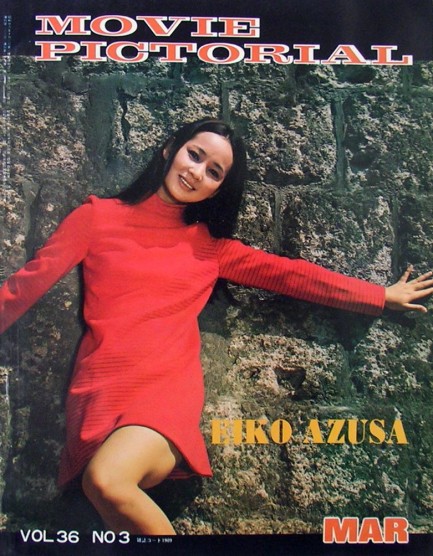 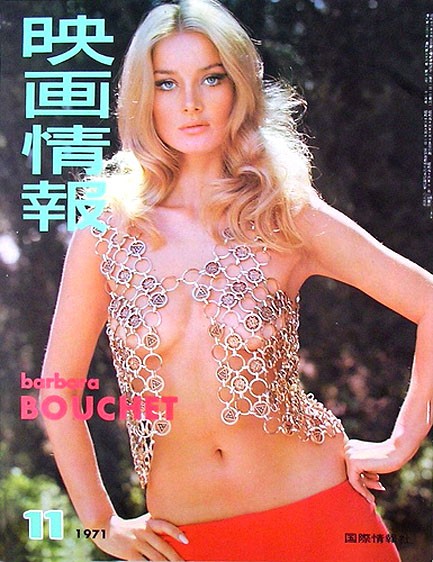 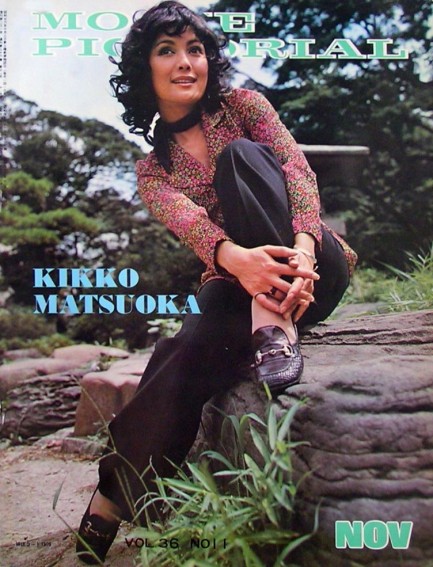 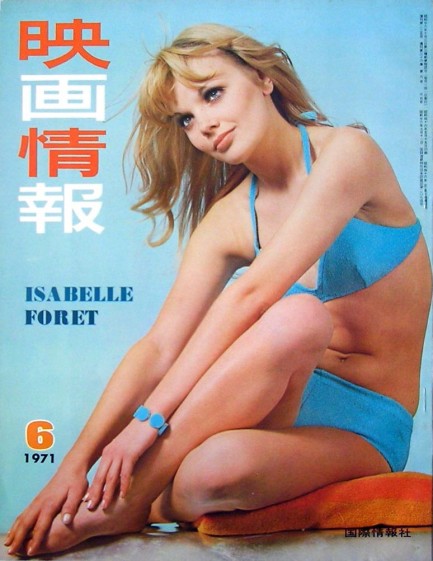 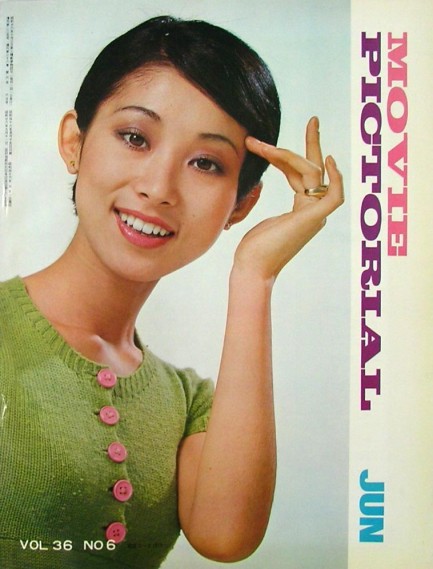
 Jackie Kennedy decides to get out of the line of fire. 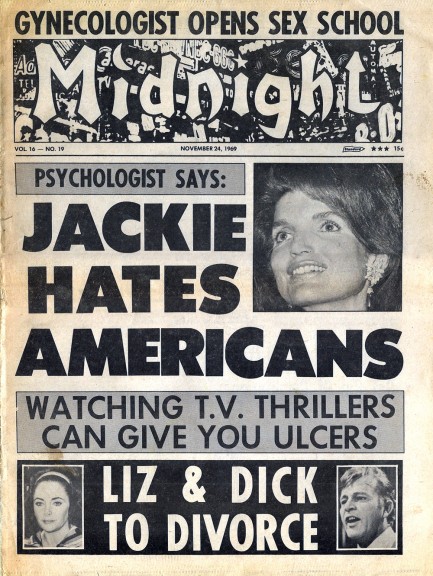
On the cover of this issue of Midnight published today in 1969, editors tell readers that presidential widow Jacqueline Kennedy Onassis hates Americans. The story extensively quotes an acquaintance named Lisa Whalley, who says at one point, “She (Jackie) thinks of Americans as a herd of mindless sheep who follow after famous personalities as though they were gods and goddesses.” It’s an interesting line, but it isn’t really news. Jacqueline Kennedy’s feelings about the U.S. were well known. After her husband was murdered, she and Robert Kennedy stated that they believed JFK had been felled by domestic opponents, the key words in there being “domestic”, i.e. American, and “opponents”, more than one person. And when Robert Kennedy was assassinated in 1968, Jackie came to the conclusion that the entire Kennedy family was a target. According to RFK biographer C. David Heymann, she said, “I hate this country. I despise America and I don’t want my children to live here anymore. If they’re killing Kennedys, my children are number one targets. I want to get out of this country.” Four months later she married Aristotle Onassis and moved to Greece. So the Midnight headline isn’t any great stretch, though to the editors’ credit, they do a pretty good job of framing it as a scoop. Inside the issue you get Elizabeth Taylor and Richard Burton on the rocks, Italian bombshell Nuccia Cardinali, Chinese beauty Irene Tsu, and a pretty nice shot of Czech-born sex symbol Barbara Bouchet. All of that and more below. 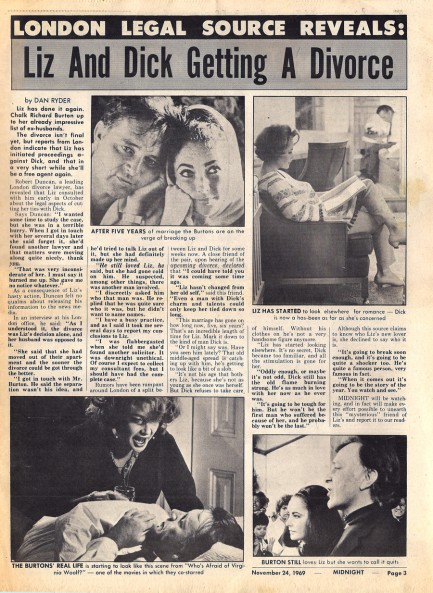 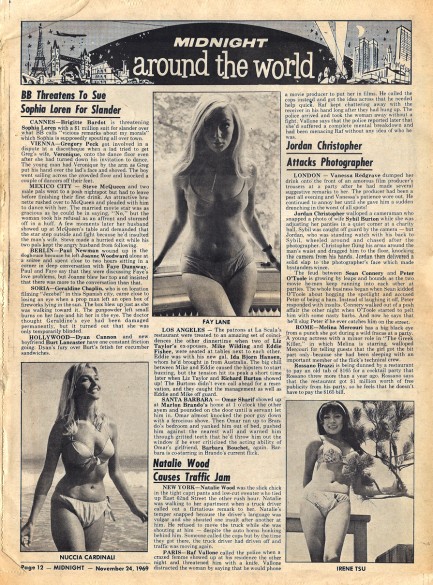 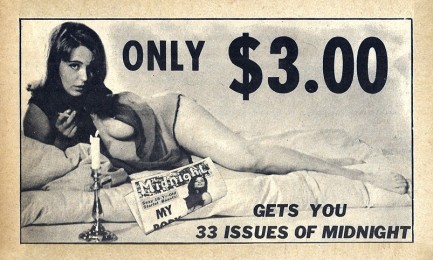 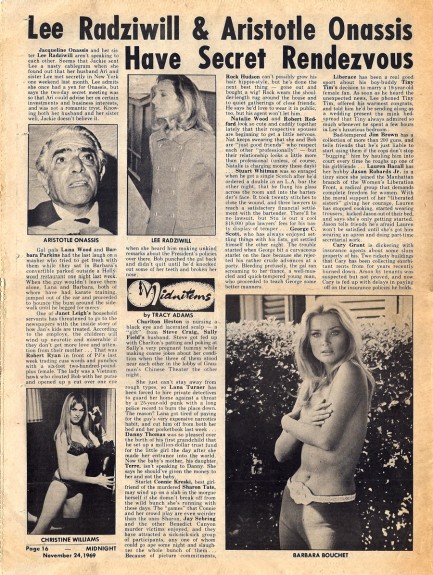 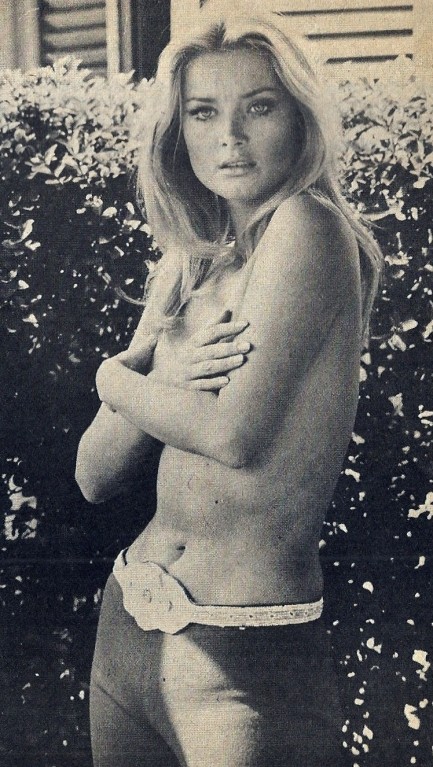 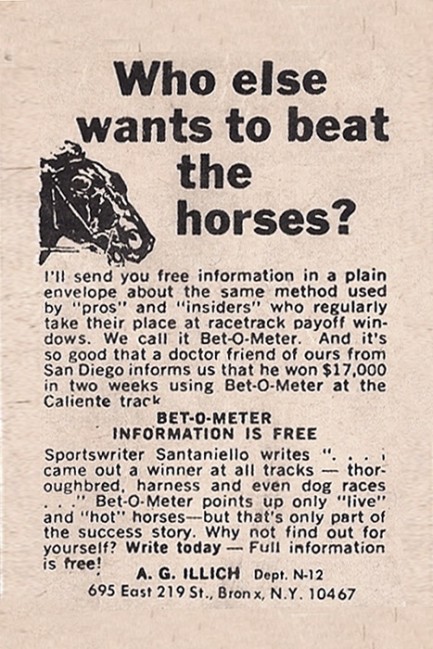 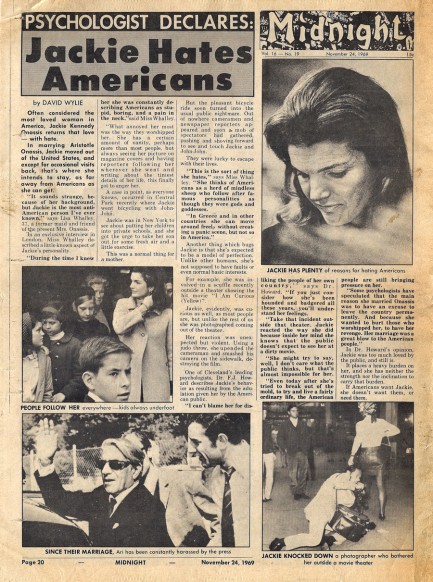

|
 |

The headlines that mattered yesteryear.
2003—Hope Dies
Film legend Bob Hope dies of pneumonia two months after celebrating his 100th birthday. 1945—Churchill Given the Sack
In spite of admiring Winston Churchill as a great wartime leader, Britons elect
Clement Attlee the nation's new prime minister in a sweeping victory for the Labour Party over the Conservatives. 1952—Evita Peron Dies
Eva Duarte de Peron, aka Evita, wife of the president of the Argentine Republic, dies from cancer at age 33. Evita had brought the working classes into a position of political power never witnessed before, but was hated by the nation's powerful military class. She is lain to rest in Milan, Italy in a secret grave under a nun's name, but is eventually returned to Argentina for reburial beside her husband in 1974. 1943—Mussolini Calls It Quits
Italian dictator Benito Mussolini steps down as head of the armed forces and the government. It soon becomes clear that Il Duce did not relinquish power voluntarily, but was forced to resign after former Fascist colleagues turned against him. He is later installed by Germany as leader of the Italian Social Republic in the north of the country, but is killed by partisans in 1945.
|

|
|

It's easy. We have an uploader that makes it a snap. Use it to submit your art, text, header, and subhead. Your post can be funny, serious, or anything in between, as long as it's vintage pulp. You'll get a byline and experience the fleeting pride of free authorship. We'll edit your post for typos, but the rest is up to you. Click here to give us your best shot.

|
|
























